Private Pilot Kit: Essential Gear for New Student Pilots
Nov 18, 2025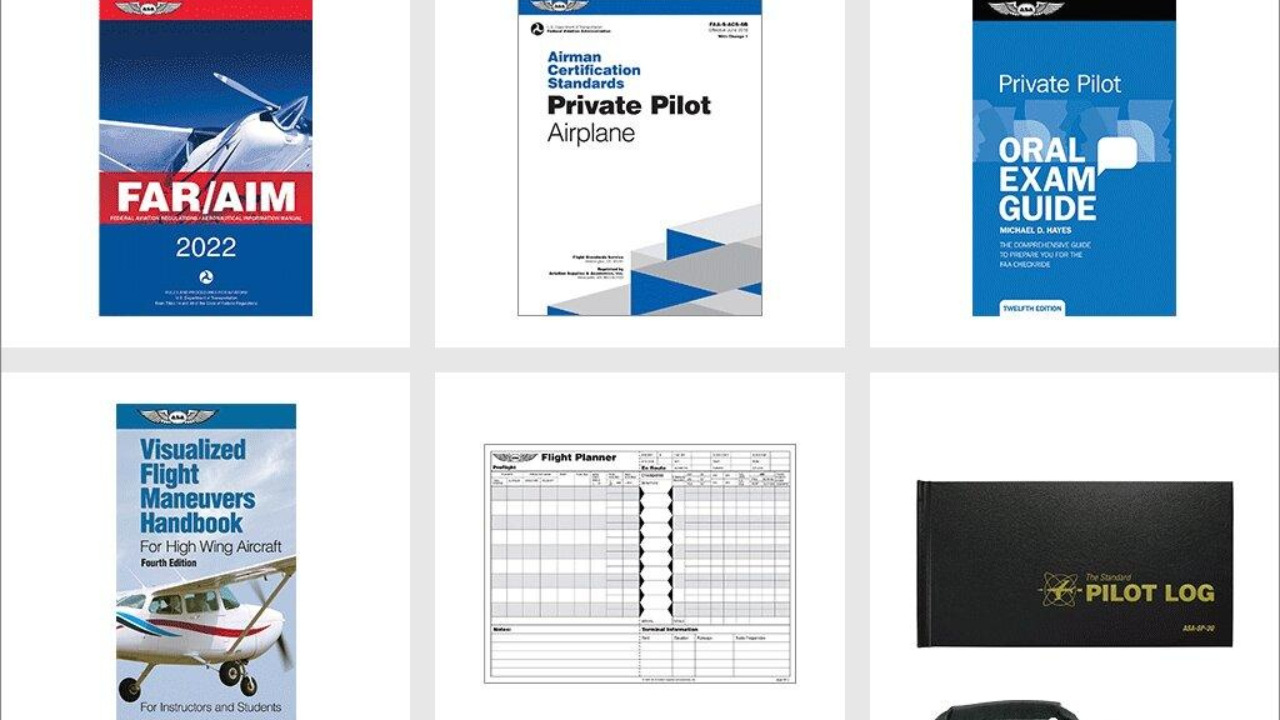
A private pilot kit part 61 refers to a comprehensive collection of essential tools, materials, and textbooks that are indispensable for individuals pursuing their private pilot license.
It is called a "part 61 kit" because part 61 of Federal Aviation Administration (FAA) guidelines outlines various requirements for becoming a pilot and a part 61 kit helps aspiring pilots accomplish this.
A part 61 student kit is curated to equip aspiring pilots with the necessary items needed to navigate the world of aviation safely and efficiently. In most flight training courses, you learn the function of all the necessary parts of a private pilot kit.
A complete private pilot kit is the perfect training solution for gaining hands-on experience.
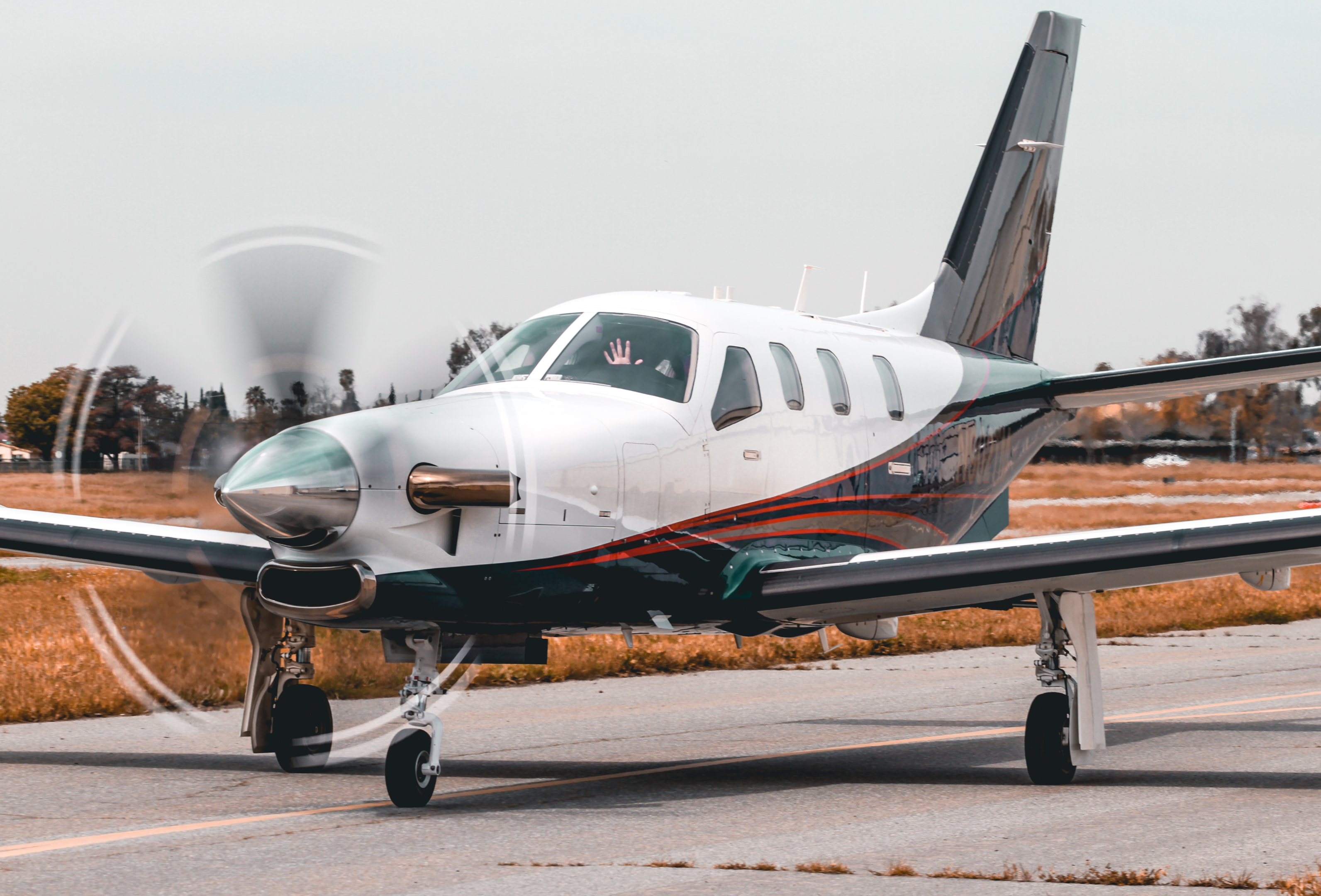
This article will first demonstrate what a pt. 61 kit is and why an aspiring pilot needs one. It will outline what types of things are included in such kits, how they help you complete training, and point you in the direction of acquiring one. Let's dive in!
Why You Need A Complete Private Pilot Kit Part 61
A typical private pilot kit part 61 includes components such as a logbook to track flight hours, a Pilot's Operating Handbook (POH) specific to the aircraft being flown, aeronautical charts for flight planning and navigation, a flight computer for calculations, and a pilot's bag to conveniently store and carry all the books and supplies necessary items.
A student pilot can learn a lot from these resources and prepare them for the faa knowledge exam or ground school. Optional additions may include an aviation headset, a kneeboard for cockpit organization, a flashlight, or any additional training materials.
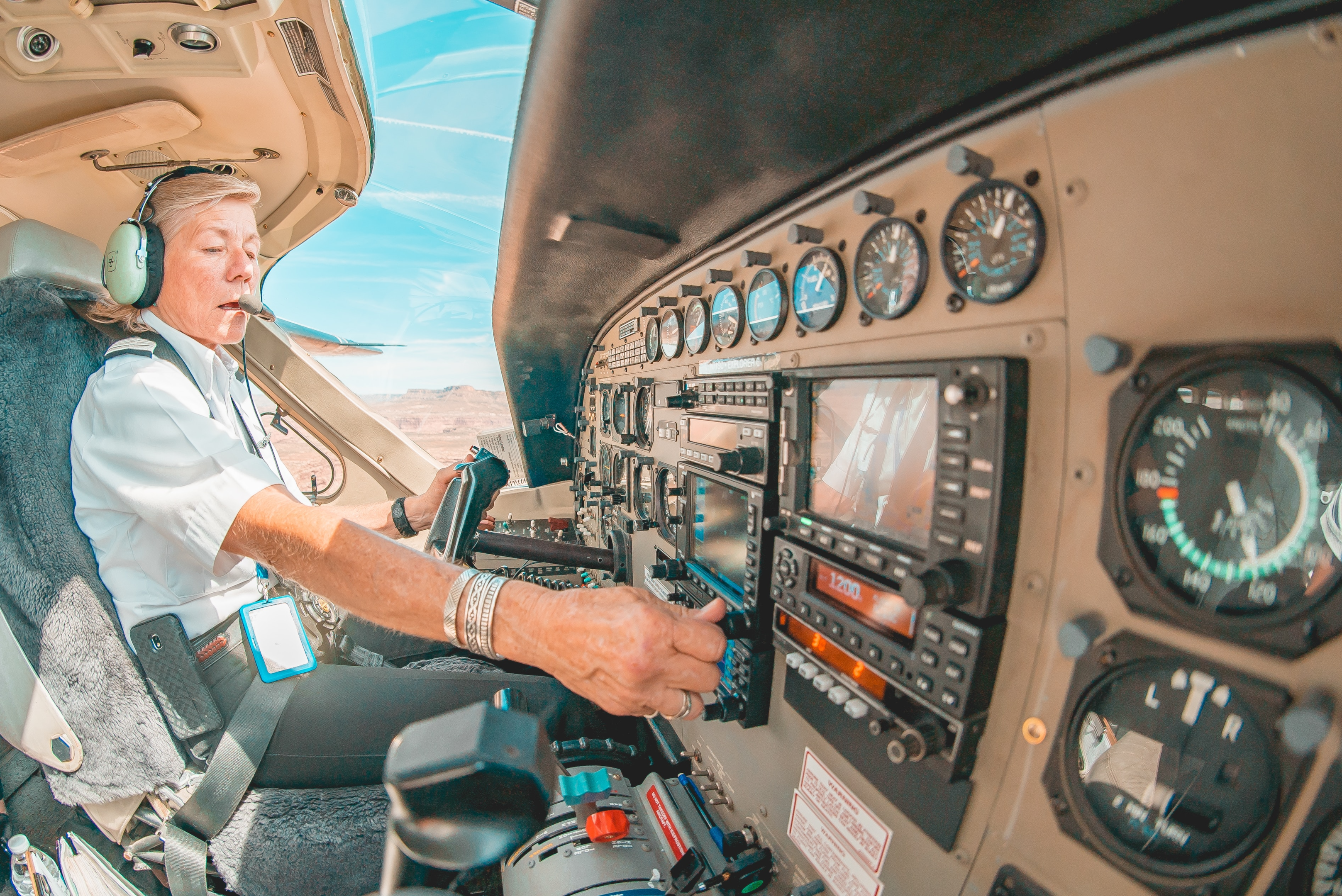
The private pilot kit part 61 serves as a valuable resource that aids pilots in their specific training, enhances their understanding of aviation principles, and helps them develop the skills and knowledge required for safe and successful flight operations.
Thus, in order to complete private pilot requirements in your flight training courses you need to get a part 61 student kit.
It is worth noting here that while part 61 training and part 141 training are different courses, they both help obtain a private pilot license. Thus, a pt. 61 kit can be used in both scenarios.
Benefits
By having access to these resources, aspiring pilots can effectively track their specific training progress, plan flights, perform calculations, and familiarize themselves with the flight maneuvers handbook. Student pilot kits both provide the learning process and also instill a sense of preparedness.
A good flight school should empower aspiring pilots to embark on their aviation careers and practice for their oral and practical exams. The FAA knowledge exam can be difficult so having hands-on experience with a kit helps any student pilot.
Being resourceful and conducting thorough research can help aspiring pilots find affordable options for their private pilot kits, complete training at an exceptional level, and find the equipment needed for flight maneuvers.
Here at Flight Nerd Air Force, we have all the necessary books and supplies a student pilot needs in a pt. 61 kit by Aviation Supplies & Academics (ASA).

Logbook
A standard pilot logbook is of exceptional value to pilots, especially aspiring ones, as it serves as the means for keeping track of their flight time until they complete private pilot training. The logbook captures crucial information such as flight hours, routes flown, aircraft types, and specific tasks accomplished during each flight.
The logbook is especially crucial for a student pilot preparing for oral and practical exams. During these assessments, examiners review a pilot's logbook to verify their flight experience and ensure they meet the requirements for the desired certification.
It not only acts as a personal aviation diary but also serves as an official document recognized by aviation authorities. The logbook is essential for tracking progress toward obtaining pilot certifications and licenses, as it provides evidence of flight hours required for various ratings.
Private pilot training and test prep can be intense so knowing the expectations of what your logbook and pilot kit should look like can be helpful.
Moreover, the logbook serves as a valuable reference for future employment opportunities and career advancements, as potential employers often rely on it to evaluate a pilot's experience and qualifications.
Additionally, keeping track of a logbook allows student pilots to review and reflect on their previous flights, helping them identify areas for improvement, track flight time, and maintain a thorough record of their aviation journey.
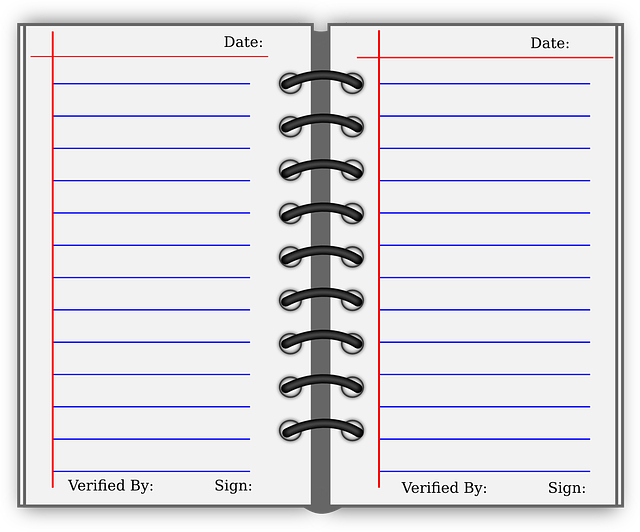
There are several types of logbooks available to pilots, each serving a specific purpose within their aviation endeavors. The primary type of logbook is the Standard Pilot Logbook, which records flight hours, dates, aircraft types, and flight conditions.
This logbook serves as a personal record and is required by regulatory authorities to track a pilot's flight experience. There are a couple of other types with specific purposes as well.
Pilot's Operating Handbook
In addition to logbooks, a student pilot also utilizes a Pilot's Operating Handbook (POH). While not strictly a logbook, the POH is a critical resource that contains vital information about the specific aircraft a pilot operates.
It includes details such as aircraft limitations, performance charts, emergency procedures, and system descriptions. These details are imperative for introductory students to gain confidence before fly time.
The POH serves as a reference guide during flight planning, pre-flight checks, and in-flight operations, ensuring pilots have accurate and necessary information about their aircraft at their fingertips and meet airman certification standards.
Aeronautical Charts and Navigation Tools
Aeronautical charts and navigation tools are indispensable resources for pilots, playing a vital role in ensuring safe and accurate navigation during flight operations.
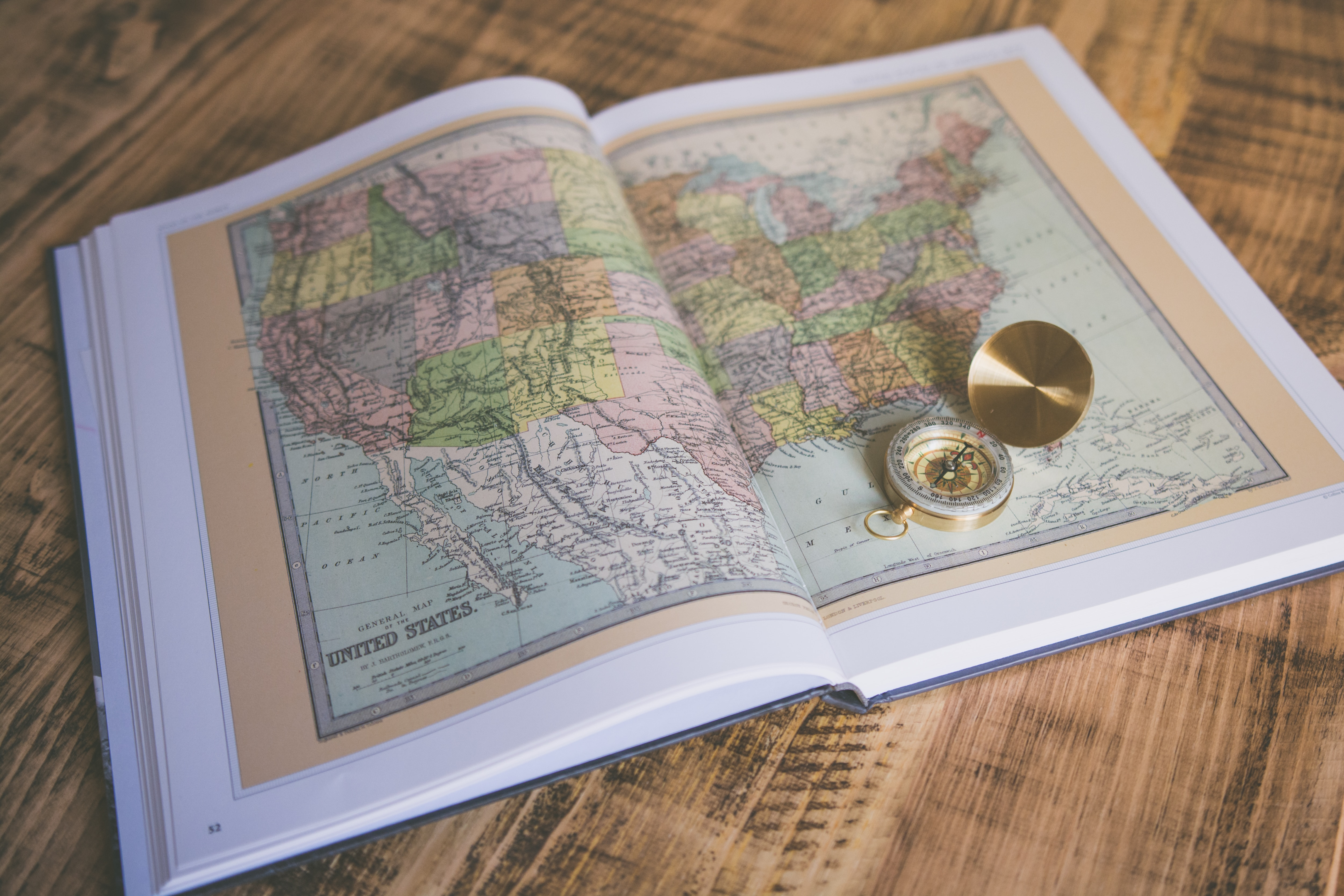
Aeronautical charts provide detailed visual representations of airspace structures, topographical features, navigational aids, and communication frequencies.
These charts, such as sectional charts, enroute charts, and approach plates, enable pilots to plan and execute flights, make informed decisions, and comply with airspace regulations.
Navigation tools also work to assist pilots in determining their position, course, and ground speed. These tools include instruments like GPS receivers, VOR (VHF Omnidirectional Range) receivers, and flight computers.
By utilizing a combination of aeronautical charts and navigation tools, pilots can maintain situational awareness throughout their flights. These resources are crucial for pilots to operate effectively.
Flight Computer
A flight computer, often referred to as an E6 B flight computer, is a versatile tool used by pilots for various calculations and flight planning tasks. Its function and importance lie in its ability to provide quick and accurate solutions to a range of mathematical calculations relevant to aviation.
The E6 B flight computer can perform calculations such as airspeed and groundspeed conversions, fuel consumption estimations, time-speed-distance calculations, wind corrections, and even determine the correct heading and course adjustments.
How Do You Use an E6 B Flight Computer?
To use a flight computer for calculations, pilots typically slide the transparent disc, known as the "whiz wheel," to align certain values or units with the appropriate scales or reference points.
For example, to calculate groundspeed, a pilot can align the true airspeed with the current wind correction angle to determine the resulting groundspeed.
Similarly, fuel consumption calculations can be made by aligning the fuel flow rate with the time of flight. Flight computers also provide conversion scales for temperature, pressure, and altitude, allowing pilots to convert between different units of measurement.
The flight computer's importance lies in its ability to simplify complex calculations, save time during flight planning and in-flight operations, and provide accurate data to enhance navigational accuracy and fuel efficiency.
It is a valuable tool for pilots, particularly those without access to electronic flight planning devices, enabling them to perform calculations quickly and effectively, ultimately contributing to safe and efficient flight operations.
Pilot's Bag
A pilot's bag or flight case is a vital accessory that offers pilots a convenient and organized way to carry their aviation tools and documents. These specially designed bags have exceptional value and provide compartments for items such as logbooks, POHs, charts, books, and supplies such as a private pilot kit.
They are durable and equipped with features like comfortable straps and quick-access pockets. Flight cases offer larger storage options for electronic devices and headsets.
These are essential for a private pilot to transport and protect their materials during flights and ensure they have everything they need readily available.

Cost and Considerations
To find affordable pilot supplies, it is advisable to compare prices from different retailers and take advantage of discounts or sales. Online aviation forums and pilot communities often offer tips and recommendations for cost-effective options.
One of the most common private pilot kits is the ASA private pilot part 61 kit. Some pilots might choose to get customized kits, but, since beginners don't necessarily need to spend more money than they need to, an ASA private pilot kit does just fine.
Those looking into getting their private pilot license should consider buying used or refurbished equipment. This can help reduce costs without compromising on quality and functionality.
Here at Flight Nerd Air Force, we are committed to helping aspiring student pilots find an affordable option for their part 61 student kit.
